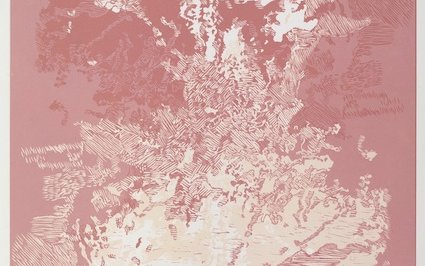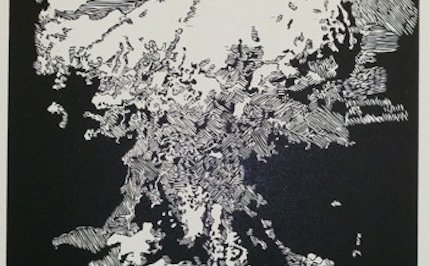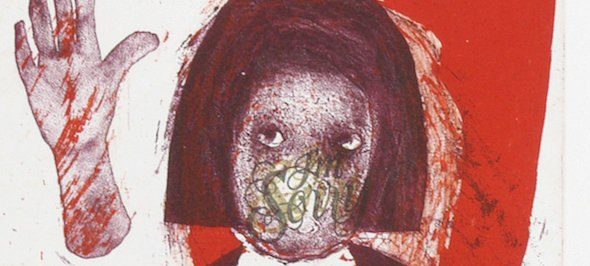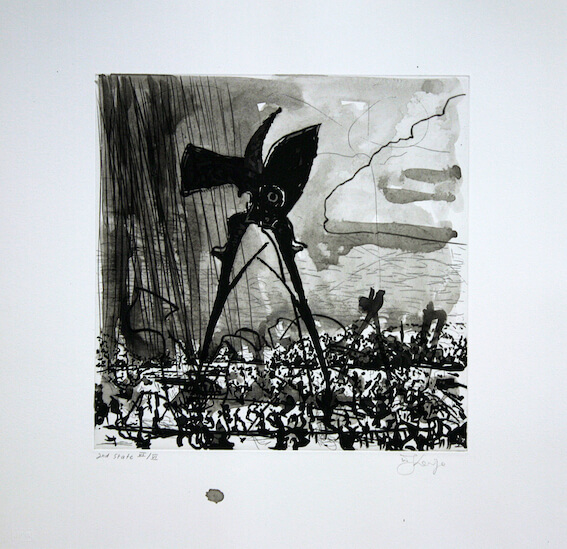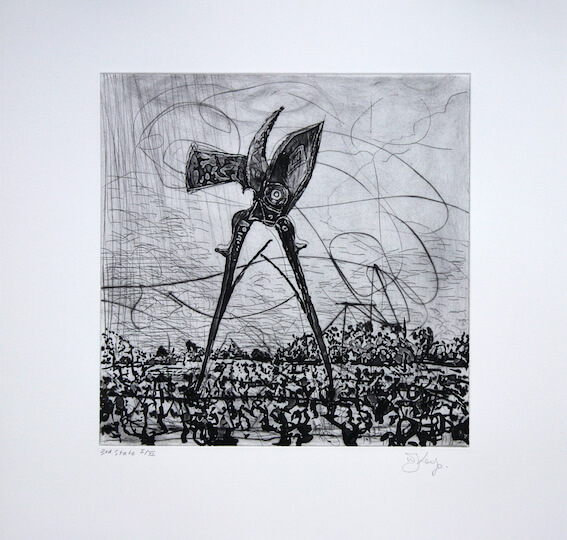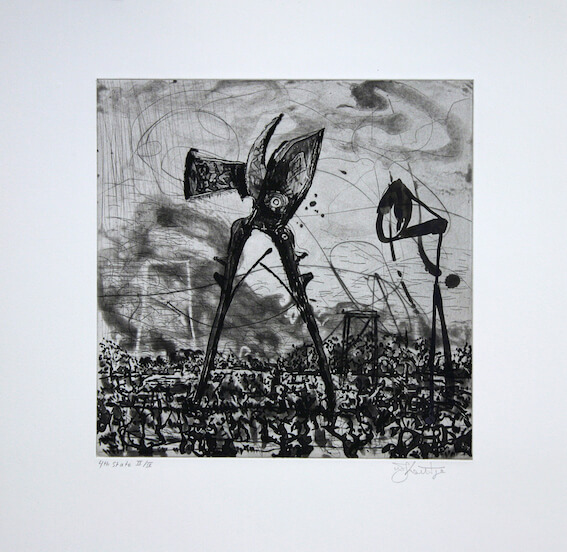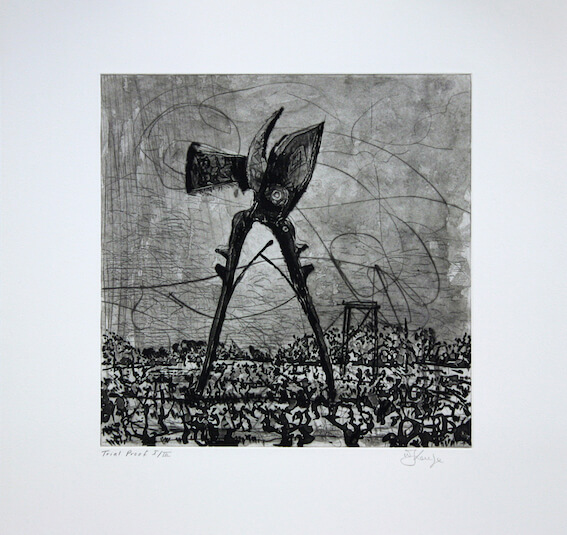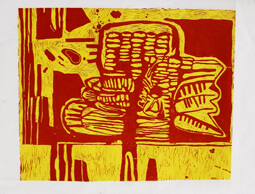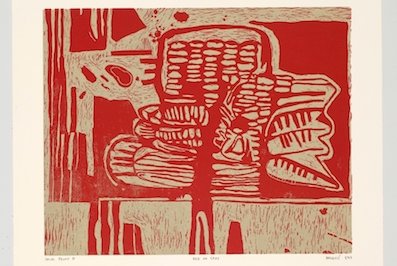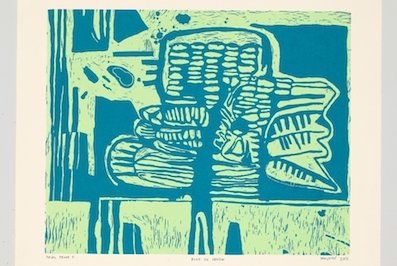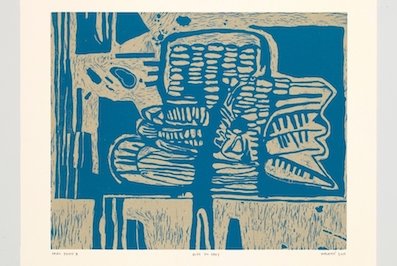Explaining Proofs in printmaking at the David Krut Workshop (DKW)
At the David Krut Workshop (DKW) we specialize in edition printing of intaglio (see further terms in glossary), relief (linoleum and woodcut) as well as making unique works in Monotype.
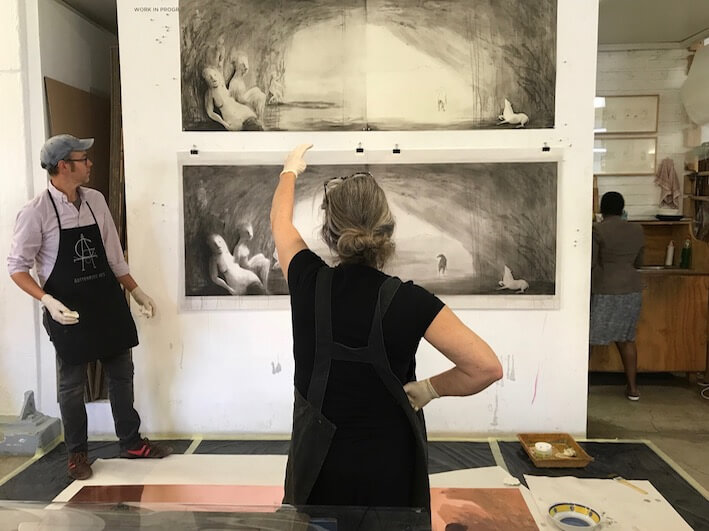
During a project the artist is invited to spend time in the Workshop with the DKW team and is assisted in the creation of a matrix. This may be made from copper, linoleum, wood or perspex. Once the artist has reached a certain point in the creation of the matrix it is useful to get an idea of what it will look like printed in ink on paper. At this point the printer will ink up and proof the matrix or plate.
A proof is an impression taken at any stage in the making of a print edition. Proofs are generally produced outside of the numbered edition. These include the bon á tirer or BAT, trial proofs, printer’s proofs, artist’s proofs, presentation proofs, hors de commerce (HC), etc.
State Proof
This proof is done during the creation of the matrix or plate and allows the artist and printer to see what the plate looks like and indicates what needs to be done to complete the image. Each proof will record different states of the plate that the print has gone through. These are usually numbered with roman numerals. Occasionally the artist and printer decide that the current state of the print is so nice that more than one of that particular state will be printed (a small edition) these are all carefully marked and signed accordingly. E.g State 3 i-iv/iv

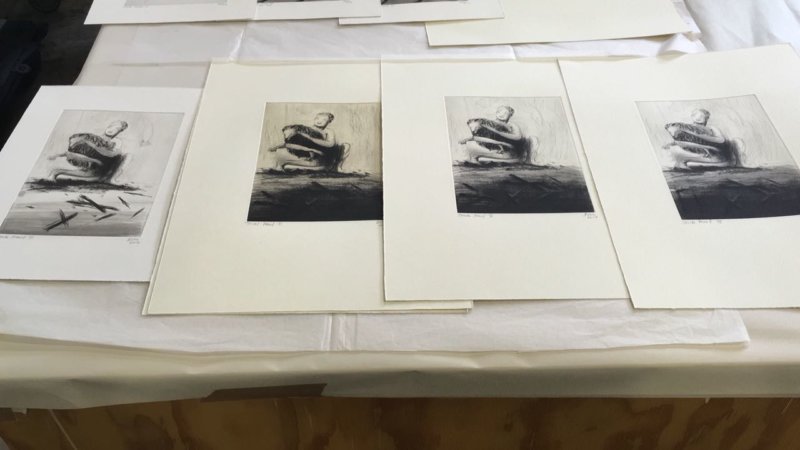
Trial Proof/Color Trial Proof (CTP)
Once the image has been resolved there are a number of options to choose from such as ink colour or which paper to edition on, how to register the image on a page. Trial proofs may occur to test different ways of printing the state.
BAT (bon á tirer – ready to go)
This print is made and signed by the artist and is used as a control example against which the others are compared. It indicates that the edition should match the print in similarity of mark, tone, colour, paper size etc. This print is additional to the edition.
Edition
This is the number of prints decided to make by the artist and the printer. The edition is usually limited in order to indicate value for the buyer.
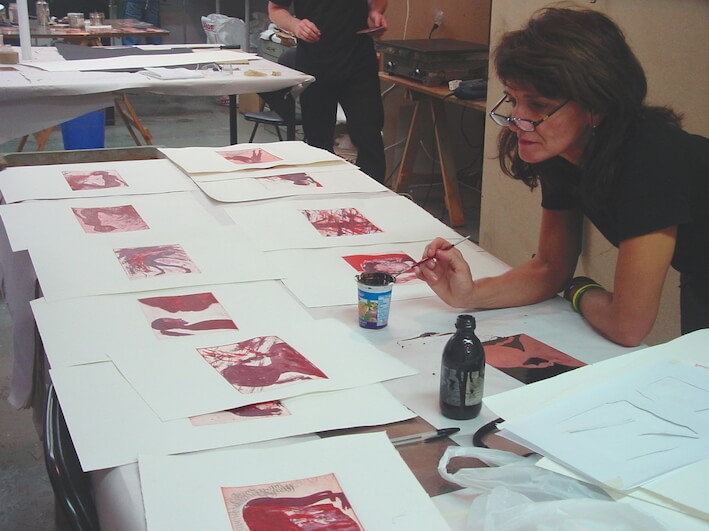
Artist Proof
These prints are extra to the edition and belong to the artist. There is no prescribed amount of prints that has to be made. This is usually agreed apon by the artist, printer and publisher. It is common practice to make it 10% of the edition.
Workshop Proof
This proof is like the Artist Proof but belongs to the Workshop for their collection.
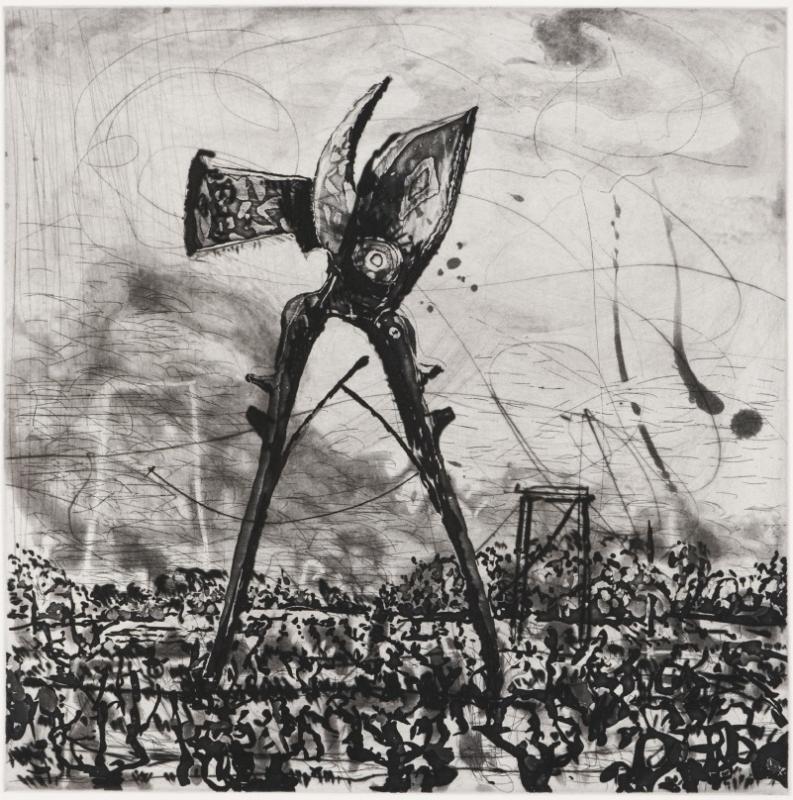
State Proofs of Secatuer by William Kentridge from the West Coast series.
Printers Proof
It is common practice to print an additional print that is given to the printer. This is outside of the edition and looks exactly like the edition.
Hors Commerce (without commercial value)
Proofs annotated “H.C.” are supposedly not for sale. These “proofs” started appearing on the market as part of editions; they are another method to extend the edition beyond the stated number of prints. Often they are donated to museums and collections.
Documentation Sheet
It is common practice for print workshops to provide documentation sheets editions produced at their workshop. These indicate all relevant details including the amount of states produced as well as may include various technical details as well as the printmakers names and dates of execution.
The above prints are by artist Maja Maljevic and demonstrate how the same matrix can be used to print various editions.
Reference: http://graphicstudio.usf.edu/gs/education/printmaking.html
David Krut print term glossary:
